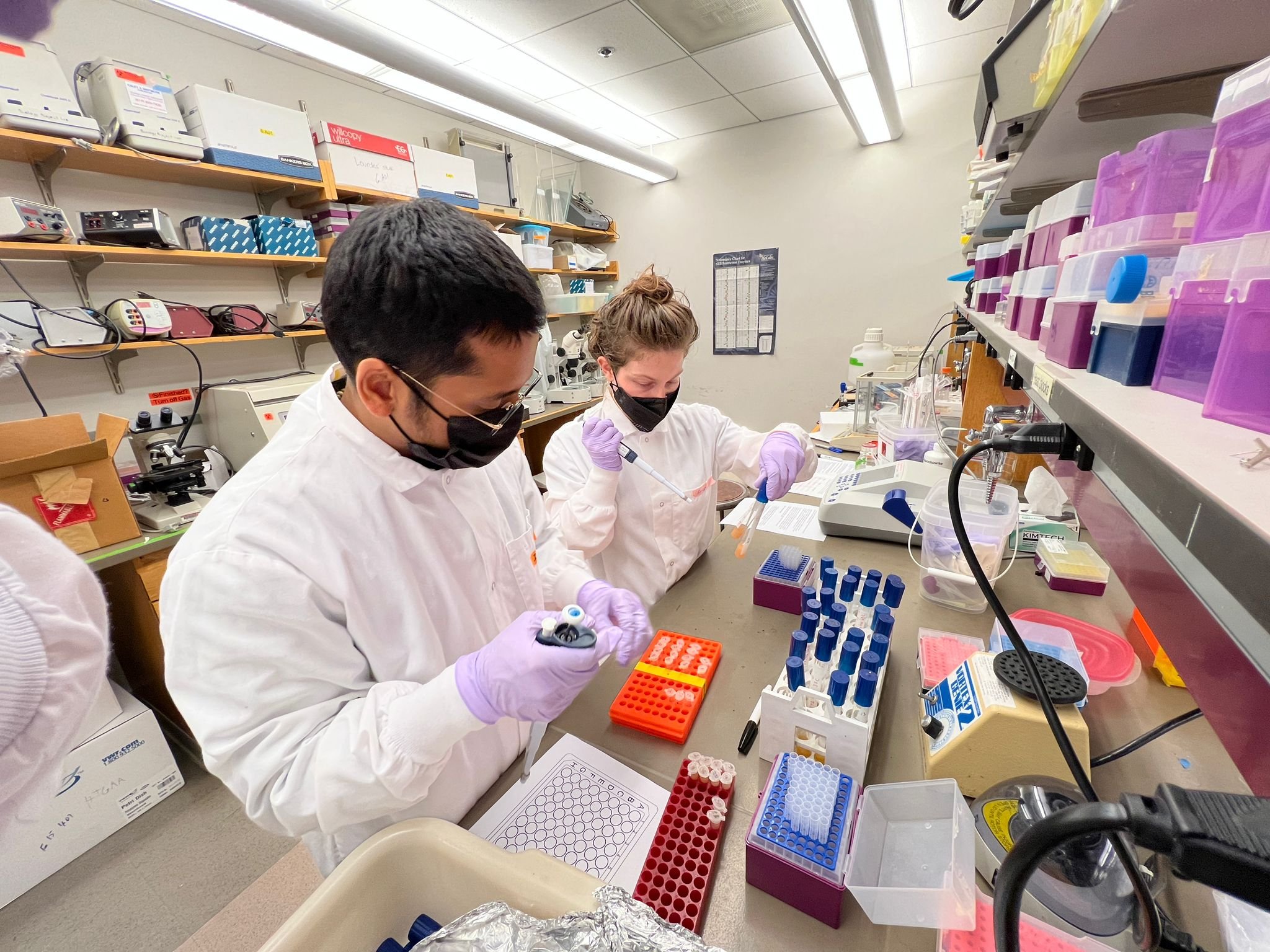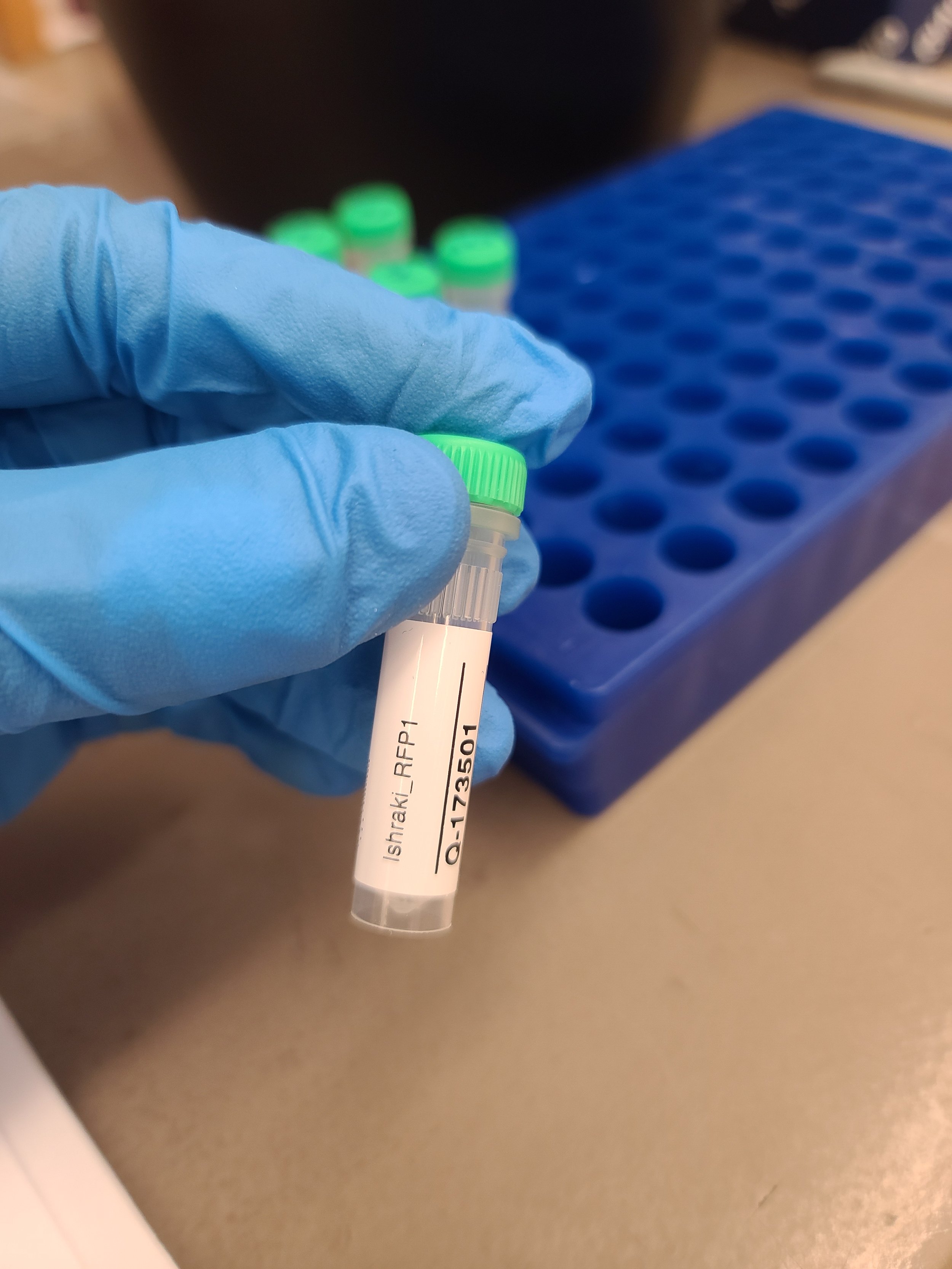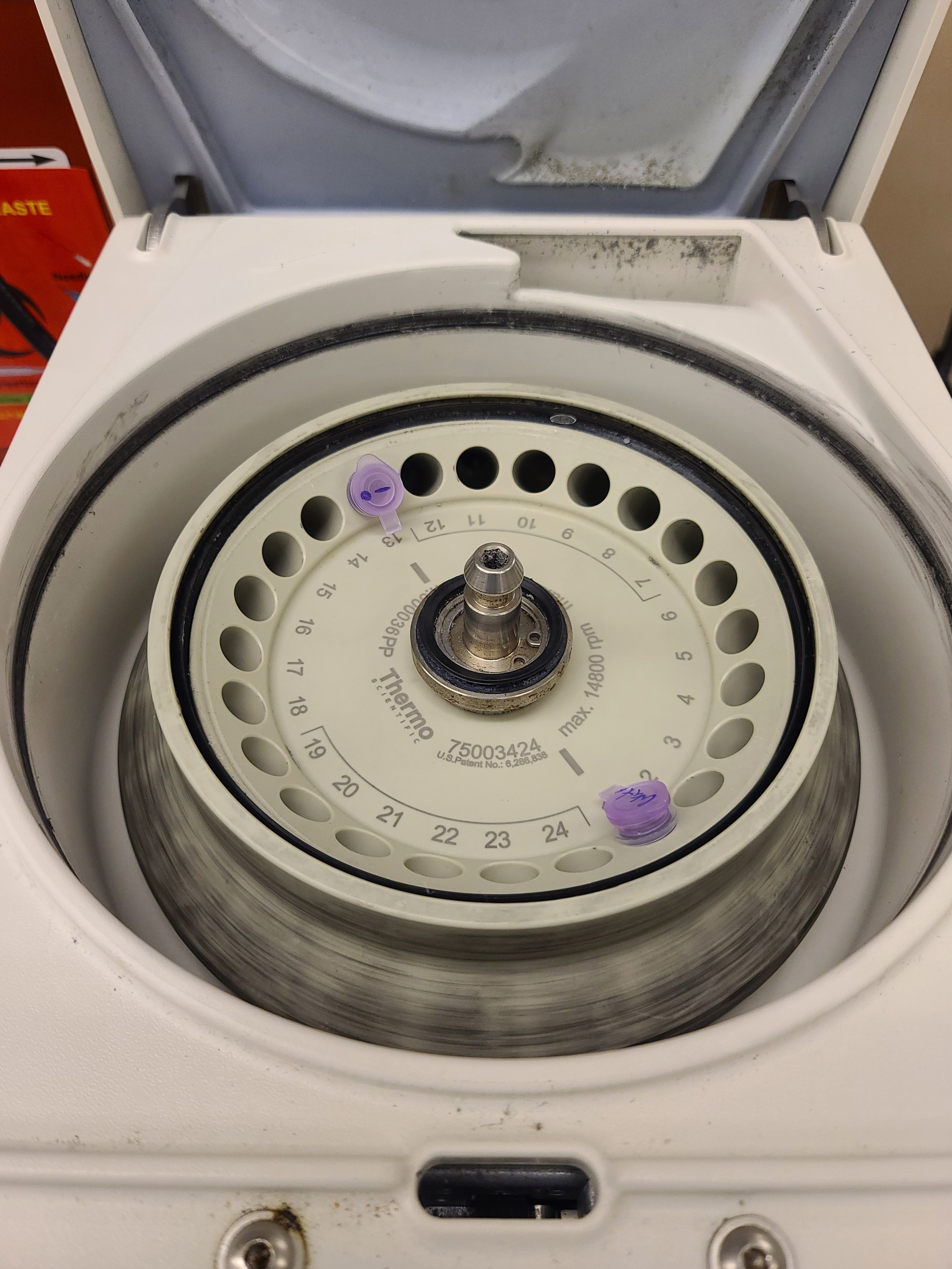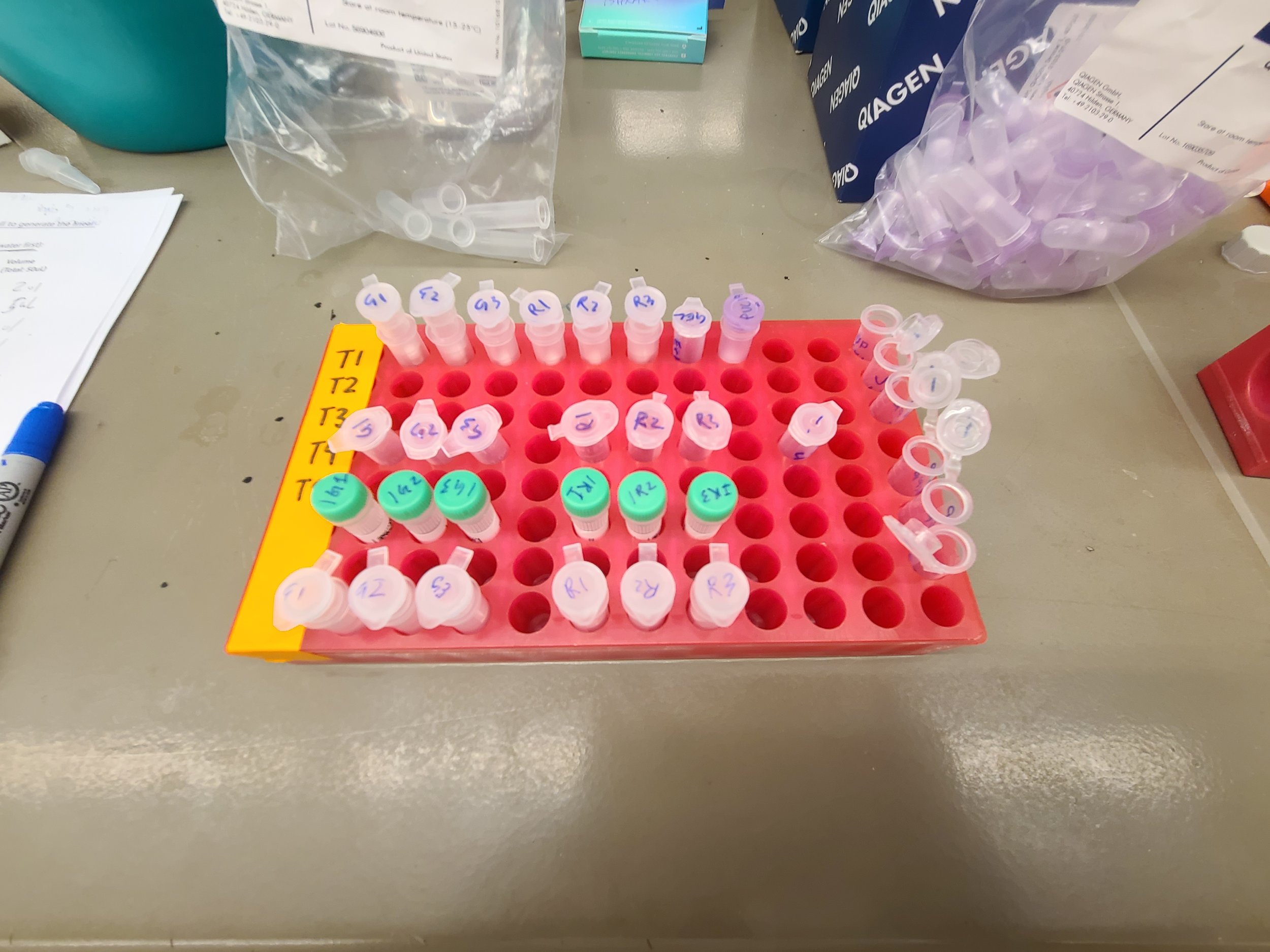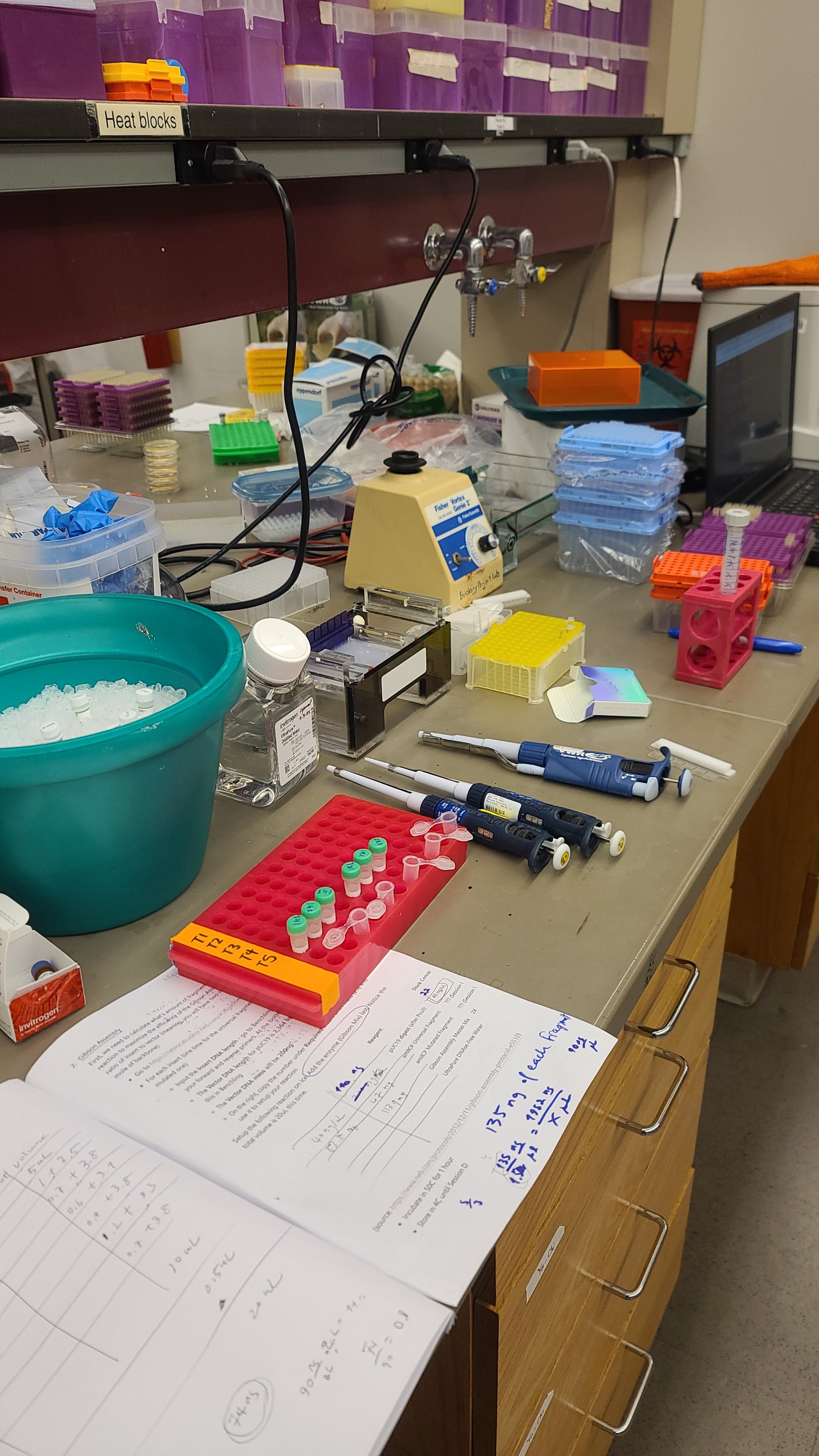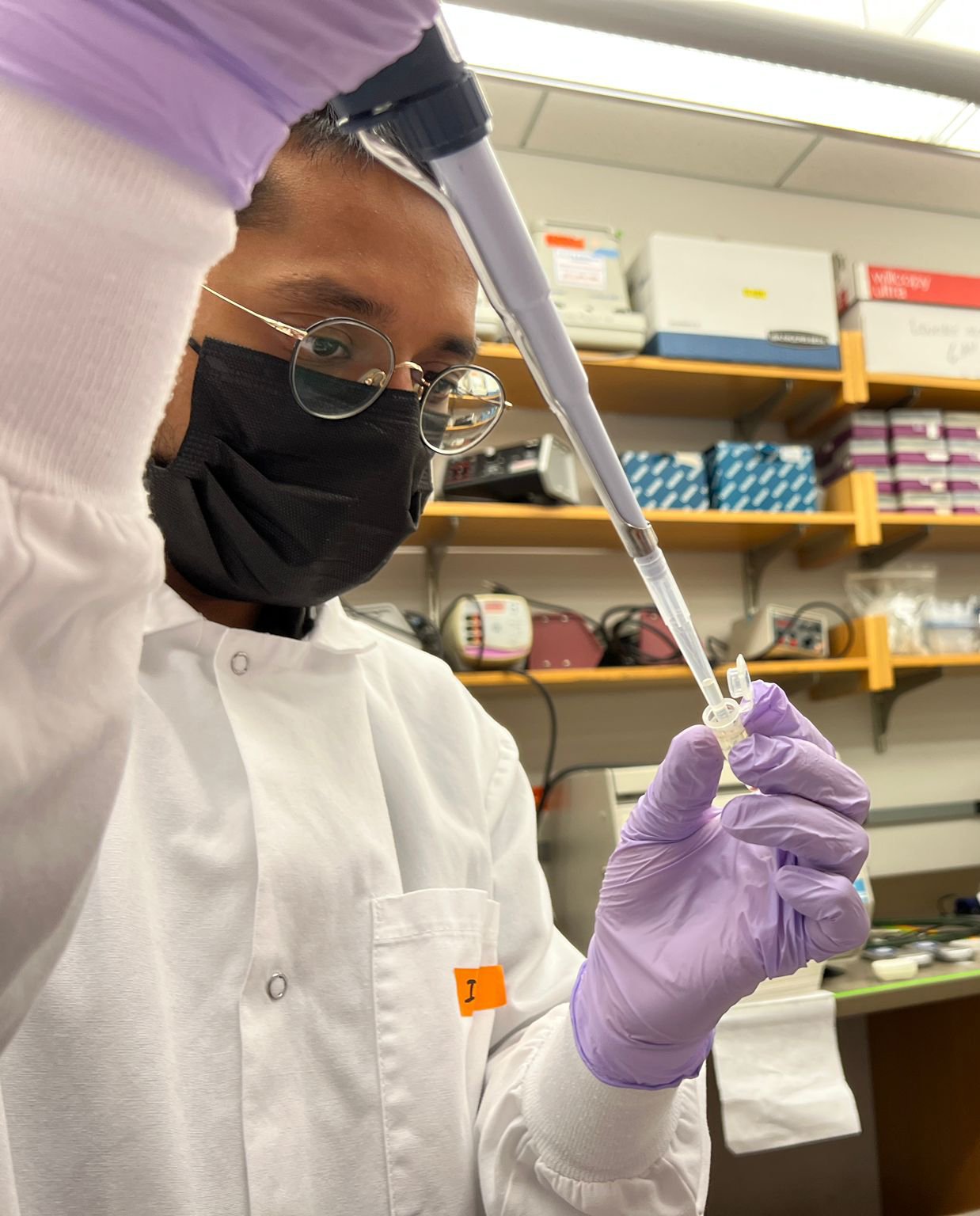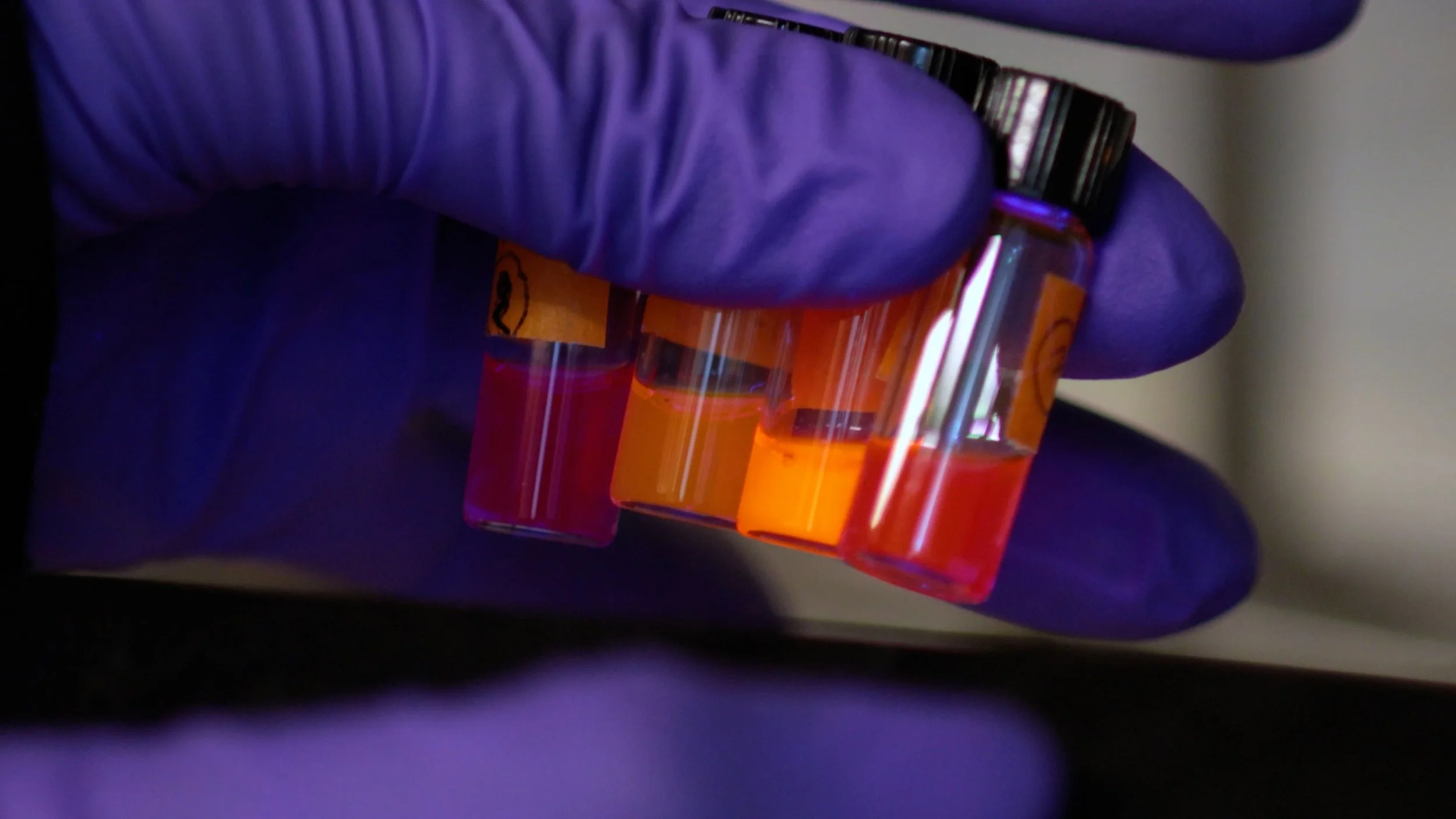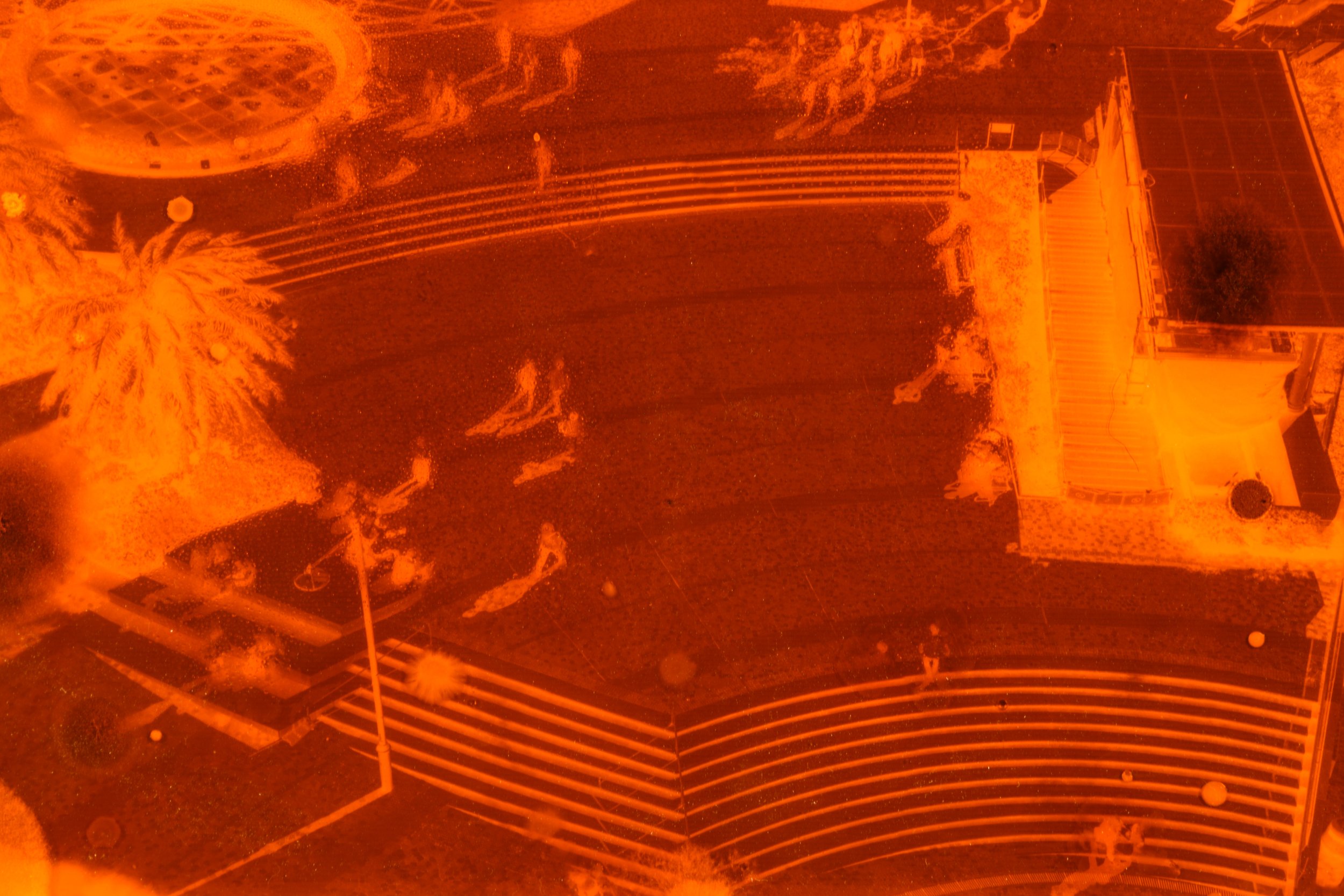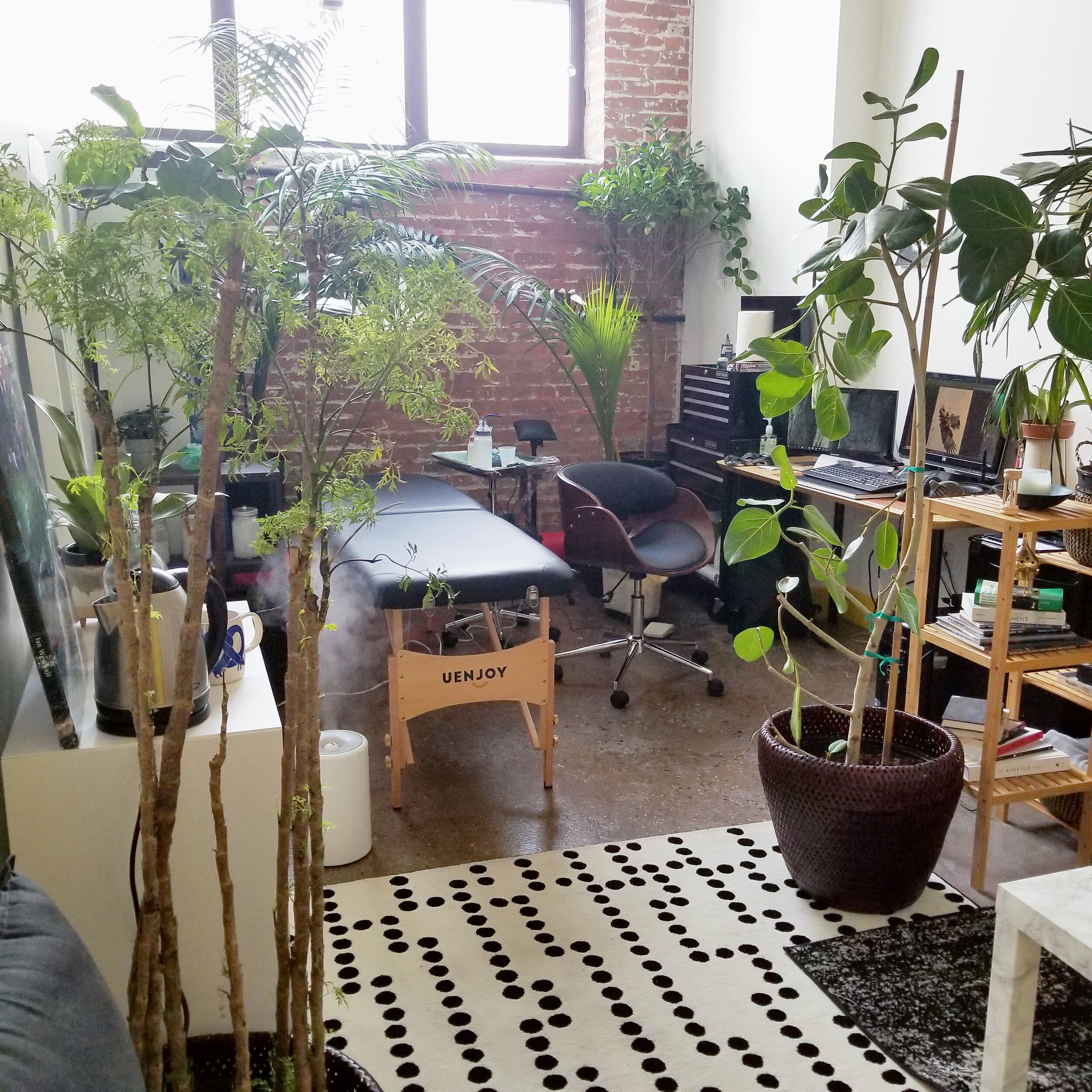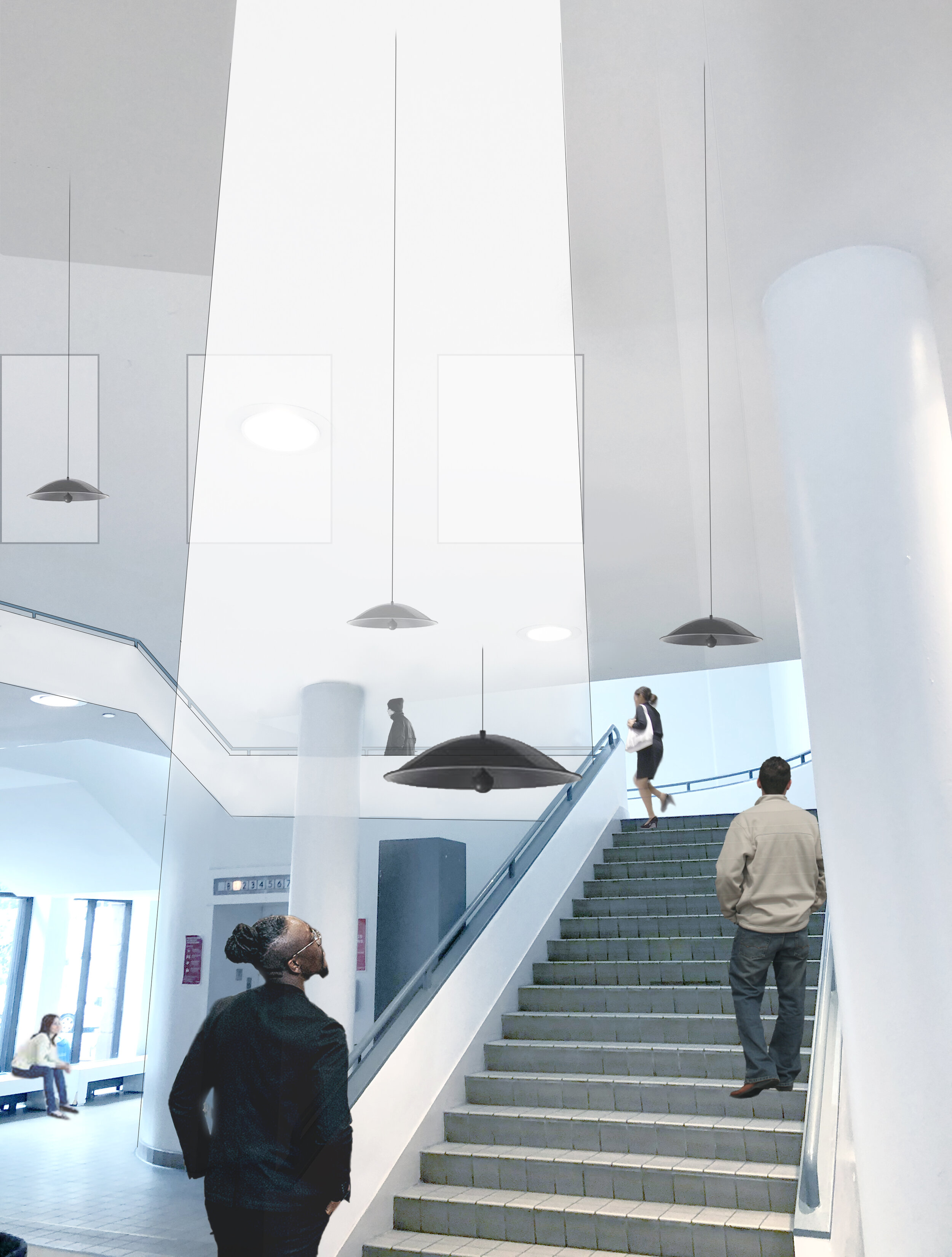Bacterial Consent
2022 Synthetic Biology Experiment
Materials: E.Coli, Synthetic DNA, Petri Dish, Growth Media, Photographic Print on Canvas
This multi-layered work investigates the complexities of accessing the consciousness of microorganisms. Using nanotechnology and synthetic biology, I question the limitations of our human technologies in observing, analyzing, and representing bacterial consciousness and agency.

Bacterial Consiousness
My work explores non-human consciousness and posthuman communication to expand our limited identity of "self". I draw upon a theory of consciousness called CBC (Cellular Basis of Consciousness) first proposed by Arthur Reber and later worked on by Frantisek Baluska. The theory argues that all biological consciousness and sentience take place at the cellular level. The researchers base their idea on the fact that some chemical information is lost as it passes through the plasma membrane of a cell, and the cell needs to make decisions about its environment based on unreliable information. They go on to build a theory of consciousness surrounding this phenomenon of cellular choice.
I was particularly fascinated with the cell membrane and our limitations in observing interactions at that nanoscale. When imaging cell membranes using an SEM (Scanning Electron Microscope) one must kill the living cell, making it challenging to observe its living properties at the nanoscale. The cell membrane also plays a major role in synthetic biology for gene editing. One needs to open up the cell membrane by heat/electric shocking the bacterial cell for the synthetically edited DNA to be inserted into the cell. I found this process to be astounding. One minute you are living your life as a genetic entity and the next minute you are genetically transformed into a new entity.
Using artistic intervention in the form of genetically modified bacteria I try to question the limitations in technology, language, and our philosophical constructs in relating to the "other".
Consent Agreement Documentation
Consent Rejection Documentation
These photo montages showcase different layers of the project. Bacterial colonies are genetically engineered to carry consent forms within their DNA. In the foreground, one can see an image of a petri dish housing synthetically engineered bacterial colonies imaged under fluorescent light. Green and red fluorescent proteins were paired with the different consent forms and inserted into the bacteria using custom-designed plasmids.
During the genetic transformation process, both consent forms and their respective fluorescent proteins were offered to the bacteria for individual cells to choose from. The green and red colonies signify the genetic transformation and the particular consent form chosen by the E.Coli. In the background, the letters represent the precise nucleobase sequence used for the transformation while the handwritten text is a digital composite showing the exact wording of the consent form that is encoded within the DNA of the plasmid used to modify the bacteria.
Plasmid Design for Consent Agreement
Plasmid Design for Consent Rejection
Acknowledgments
MIT Department of Biology Teaching Lab for allowing me access and space for biological experiments. MIT Media Lab: David Kong, George Church, and Eyal Perry for the synthetic biology support. Also, a special thanks to my lab mates Hyun and Ganit for making my time in the bio so much fun. Art, Culture, and Technology program at MIT where I have been able to pursue my research under the guidance of Tobias Putrih, Renee Green, Gediminas Urbonas, Nida Sinokrot, and Judith Barry. And lastly my partner Kaijie Chen for ongoing support and feedback throughout my creative processes.
